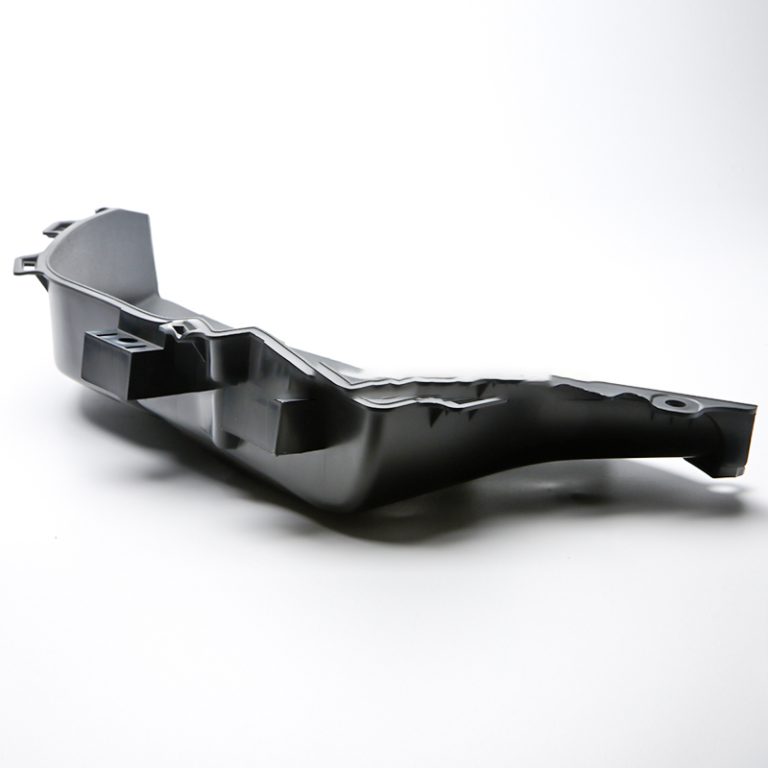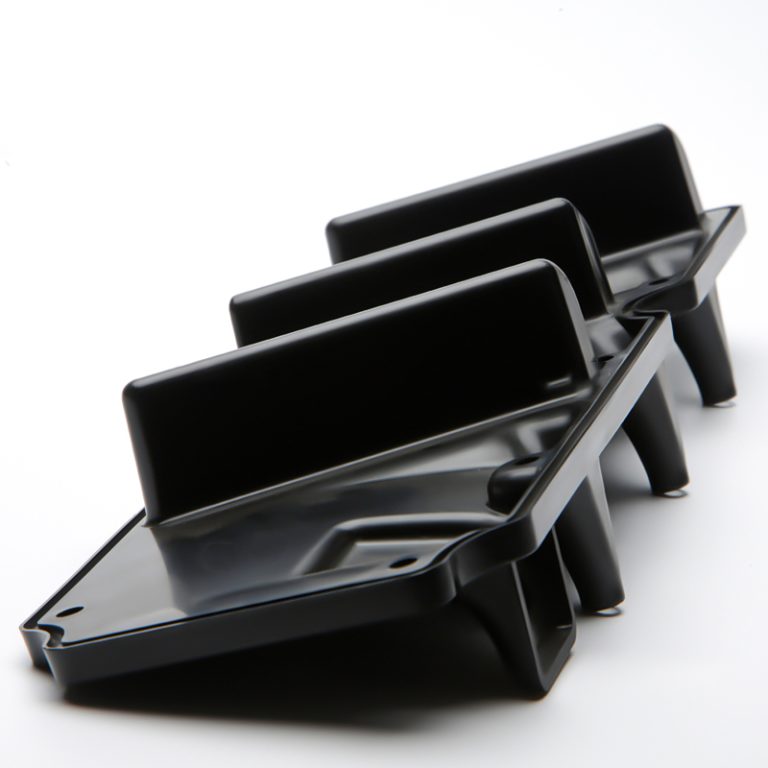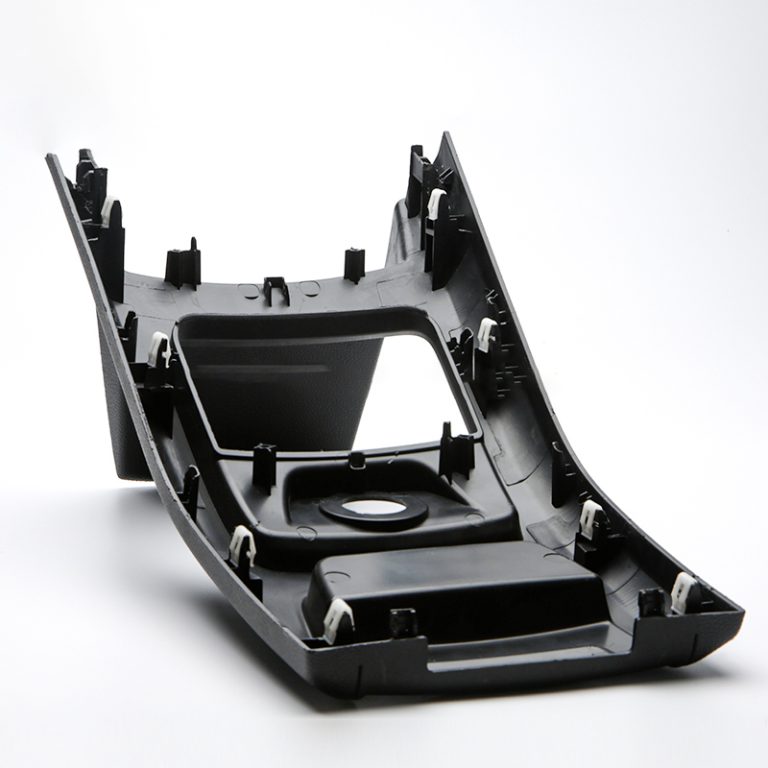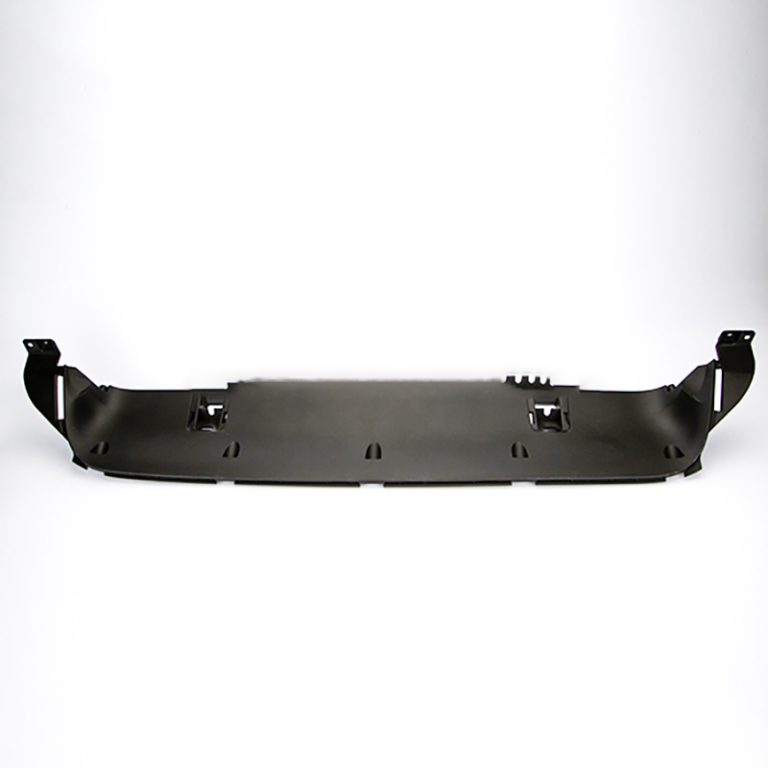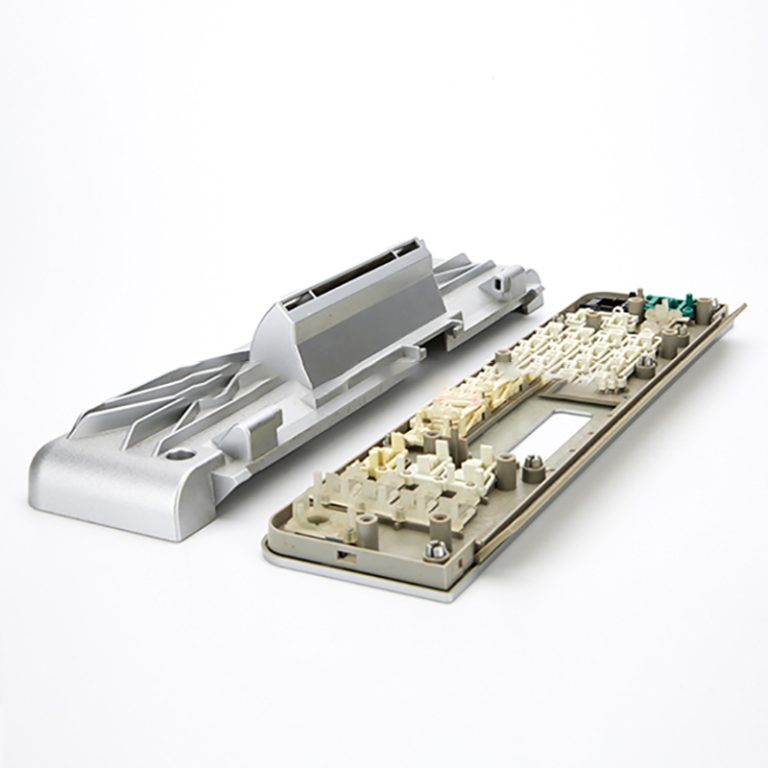Table of Contents
Benefits of Using Plastic Beads Injection Molding in Manufacturing Processes
Plastic beads injection molding is a widely used manufacturing process that offers numerous benefits to companies looking to produce high-quality plastic products efficiently and cost-effectively. This method involves melting plastic beads and injecting the molten material into a mold cavity, where it cools and solidifies to form the desired shape.
One of the key advantages of plastic beads injection molding is its ability to produce complex and intricate shapes with high precision. The mold cavity can be designed to create intricate details and features that would be difficult or impossible to achieve with other manufacturing methods. This makes it an ideal choice for producing products with intricate designs or tight tolerances.
Another benefit of plastic beads injection molding is its high production efficiency. Once the mold is set up, the process can be automated, allowing for fast and continuous production of large quantities of parts. This can help companies meet tight production deadlines and reduce lead times, ultimately improving their overall efficiency and competitiveness in the market.

Additionally, plastic beads injection molding is a cost-effective manufacturing process. The initial tooling costs may be higher compared to other methods, but the per-unit cost of production is relatively low, especially for high-volume production runs. This can result in significant cost savings over time, making it a cost-effective choice for companies looking to produce large quantities of plastic parts.
Furthermore, plastic beads injection molding offers a wide range of material options, allowing companies to choose the best material for their specific application. From commodity plastics like polyethylene and polypropylene to engineering plastics like ABS and nylon, there is a material to suit every need. This flexibility in material selection makes plastic beads injection molding a versatile choice for a variety of industries and applications.
In addition to its technical advantages, plastic beads injection molding is also environmentally friendly. The process generates minimal waste, as any excess material can be recycled and reused in future production runs. This can help companies reduce their environmental impact and contribute to a more sustainable manufacturing process.
Overall, plastic beads injection molding offers numerous benefits to companies looking to produce high-quality plastic products efficiently and cost-effectively. From its ability to produce complex shapes with high precision to its high production efficiency and cost-effectiveness, this manufacturing process is a versatile and environmentally friendly choice for a wide range of industries. By leveraging the advantages of plastic beads injection molding, companies can improve their production processes, reduce costs, and stay competitive in today’s fast-paced market.
Common Challenges and Solutions in Plastic Beads Injection Molding Operations
Plastic beads injection molding is a widely used manufacturing process that involves injecting molten plastic beads into a mold cavity to create a desired shape. While this process offers many benefits, such as high production efficiency and cost-effectiveness, it also comes with its own set of challenges. In this article, we will explore some common challenges faced in plastic beads injection molding operations and discuss potential solutions to overcome them.
One of the most common challenges in plastic beads injection molding is achieving uniformity in the final product. Variations in temperature, pressure, and material flow can result in inconsistencies in the molded parts, leading to defects and rejects. To address this issue, it is essential to carefully monitor and control the injection molding process parameters, such as melt temperature, injection speed, and cooling time. By optimizing these parameters, manufacturers can ensure that the plastic beads are evenly distributed in the mold cavity, resulting in a uniform and high-quality final product.
Another challenge in plastic beads injection molding is dealing with shrinkage and warpage. As the molten plastic cools and solidifies in the mold cavity, it tends to shrink, causing the molded part to deform or warp. To minimize shrinkage and warpage, manufacturers can use mold design techniques, such as incorporating uniform wall thickness and proper venting, to promote even cooling and reduce internal stresses in the molded part. Additionally, adjusting the cooling time and temperature can help control the rate of solidification and prevent shrinkage-related defects.
Inadequate mold maintenance is another common challenge that can impact the quality and efficiency of plastic beads injection molding operations. Over time, molds can wear out, leading to surface imperfections, flash, and dimensional inaccuracies in the molded parts. To prevent these issues, it is crucial to regularly inspect and clean the molds, as well as perform routine maintenance tasks, such as lubrication and repair of damaged components. By keeping the molds in good condition, manufacturers can prolong their lifespan and ensure consistent part quality.
| Material selection | size |
| ABS/PET/PEEK/ETC. | customization |
Furthermore, achieving precise dimensional accuracy in plastic beads injection molding can be a challenge, especially when dealing with complex geometries or tight tolerances. To address this issue, manufacturers can use advanced mold design software and simulation tools to optimize the mold design and predict potential issues before production. Additionally, implementing in-process monitoring systems, such as sensors and cameras, can help detect deviations from the desired dimensions and make real-time adjustments to ensure part accuracy.
In conclusion, plastic beads injection molding offers numerous advantages for manufacturers, but it also presents several challenges that need to be addressed to achieve optimal results. By carefully monitoring and controlling the injection molding process parameters, optimizing mold design, maintaining molds properly, and implementing advanced monitoring systems, manufacturers can overcome common challenges and produce high-quality molded parts efficiently. With the right strategies and solutions in place, plastic beads injection molding operations can achieve consistent and reliable results, meeting the demands of today’s competitive manufacturing industry.

